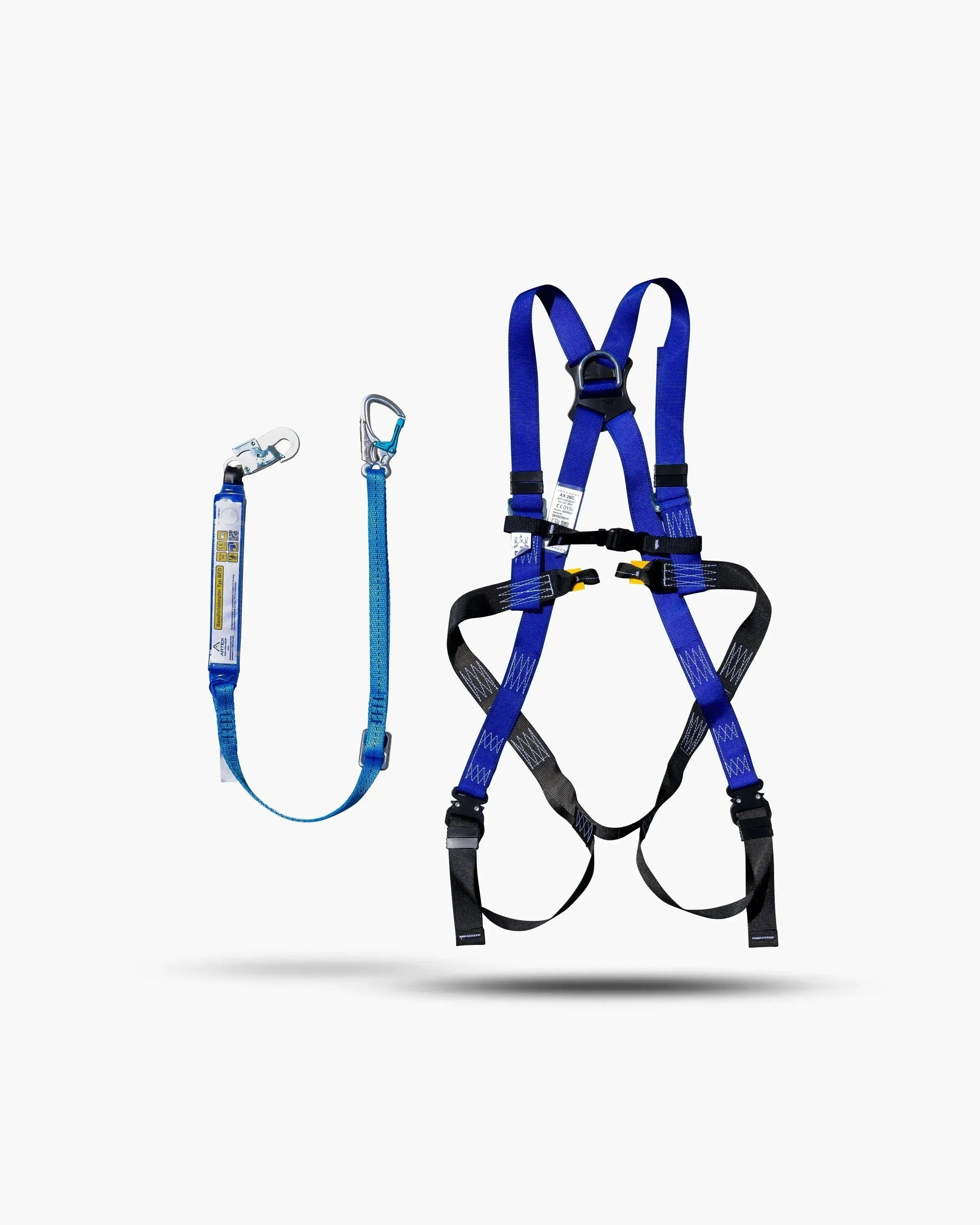The ground load of aerial work platforms is a critical factor that significantly influences the safety and efficiency of these devices. Simply put, ground load is the weight a mobile elevating work platform exerts on the ground. Excessive ground load can damage the ground or even cause the platform to sink or tip over, posing a serious safety risk.
In this article, we will explore the basics of ground loading and explain why understanding this aspect is critical to the safe use of aerial work platforms.
We examine the risks associated with inappropriate soil contamination and present solutions to minimize these risks.
Soil Contamination Basics: What You Need to Know
The ground load of a work platform is the pressure the work platform exerts on the surface below. This ground pressure, along with the climbing ability of the work platform, is crucial for determining whether a work platform is suitable for a particular surface. It is influenced by the weight of the work platform itself, the weight of the loads on it, and the way this weight is distributed across the ground.
Lower ground pressure is often found in larger platform models due to better weight distribution. For all aerial work platforms, it is strongly recommended to use appropriate load-distributing pads to reduce ground pressure and ensure better stability.
Information about the maximum floor load and suitable measures for load distribution can be found, for example, in the manufacturer's technical data sheets or in the operating instructions and should be taken into account accordingly.
Rule of thumb for determining the maximum support load/wheel load
The maximum wheel load or support load of an aerial work platform can be approximately determined at 80% of the total weight of the machine, including the load in the work basket. This means that up to 80% of the total weight can rest on a single support or a single wheel.
On self-propelled aerial work platforms without additional supports, such as telescopic or scissor lifts, the wheels have a similar load-bearing function to the supports on trucks, trailer-mounted work platforms or large megadecks.
Tip: Always pay attention to the manufacturer's instructions, which are usually found as a sticker or sign near the tires or supports.
These are the required sizes and thicknesses of load distribution plates
| Subsurface material | Load capacity (N/cm²) |
|---|---|
| Organic soil (peat, sludge, peat soil) | 0 |
| Uncompacted embankments | 0-10 |
| Naturally grown soil | 25-30 |
| Non-cohesive soils (fine to medium sand) | 15 |
| Coarse sand to gravel | 20 |
| Cohesive soils (clay, silt; dependent on soil moisture) | 20 |
| Mushy | 0 |
| Soft | 4 |
| Semi-solid | 20 |
| Firmly | 30 |
| Paved surfaces | 50-60 |
| road surface | 75-100 |
| Brittle rock with signs of weathering | 150 |
| Non-brittle rock | 300 |
Required support area (cm²) =
Required edge length (cm²) =
These are the minimum thicknesses for base plates according to plate size
The minimum thicknesses for base plates vary depending on the plate material. Please always refer to the manufacturer's specifications for specific cases:
| Plate size | Minimum thickness |
|---|---|
| Up to 50x50cm | 4 cm |
| Up to 80x80 cm | 6 cm |
| Up to 110x110 cm | 8 cm |
| Cross braces made of square timbers | 10 cm |
How to convert weight to force
- 1 kN corresponds to approx. 100 kg
- 10 N corresponds to approx. 1 kg
- 1 daN corresponds to approximately 1 kg
- 10 kN corresponds to approximately 1 ton
The traffic load of a work platform

- Area-related load information, i.e. load per area
- Often specified in N/cm², kN/m², sometimes also as kg/m²
- Always pay attention to load-bearing ceilings / floor ceilings
The point load of a work platform

- Point-related load or force specification
- Usually specified in N, daN, kN; occasionally in kg
- Pay particular attention to raised / suspended floors and floor coverings
Risks and challenges of excessive or incorrectly distributed floor loads from work platforms
Excessive or improperly distributed floor loads from aerial work platforms can lead to serious risks, problems, or even injuries. For example, a concrete floor that appears to be stable and load-bearing may crack or even break under the extremely high point load of an aerial work platform, especially if the weight is not evenly distributed.
Another risk is the use of manhole covers or similar structures that are not designed to withstand high loads. Excessive loading of the work platform can lead to failure of these structures, which not only endangers the work platform and the project, but can also result in significant repair costs.
In sensitive areas such as warehouses with delicate floor coverings or parking garages with limited load-bearing capacity, inappropriate floor loading can lead to damage that requires expensive repairs. A common cause is exceeding the permissible traffic load due to the combined load of the platform's own weight and its payload.
It is therefore essential to accurately determine the compressive strength in advance and compare it with the technical specifications of the work platform. If in doubt, a structural engineer or experienced technician should be consulted to assess the suitability of the subsurface for the intended use and minimize potential risks.

Solutions and best practices for safe floor loading
Careful planning and preparation are essential to ensure even load distribution on the floor when using aerial work platforms. Here are some key elements for best practices:
- Use of base plates or stabilizers: These distribute the weight over a larger area to reduce the point pressure on the ground.
- Choosing the right platform: Depending on the ground conditions and the task, suitable platform models should be selected, for example those suitable for soft terrain.
- Consideration of the subsoil condition: The soil should be checked for its load-bearing capacity.
Finally, for some projects, consulting a structural engineer or other professional to confirm the suitability of the floor for the intended use of the platform is recommended. Following these steps and considering the specific requirements of each situation can minimize the risk of floor damage and maximize safety when using access platforms.















Share:
The pothole protection on scissor lifts: We explain the safety feature
New in the rental fleet: Magni ES2825RT: Up to 28 m and 1,000 kg load capacity